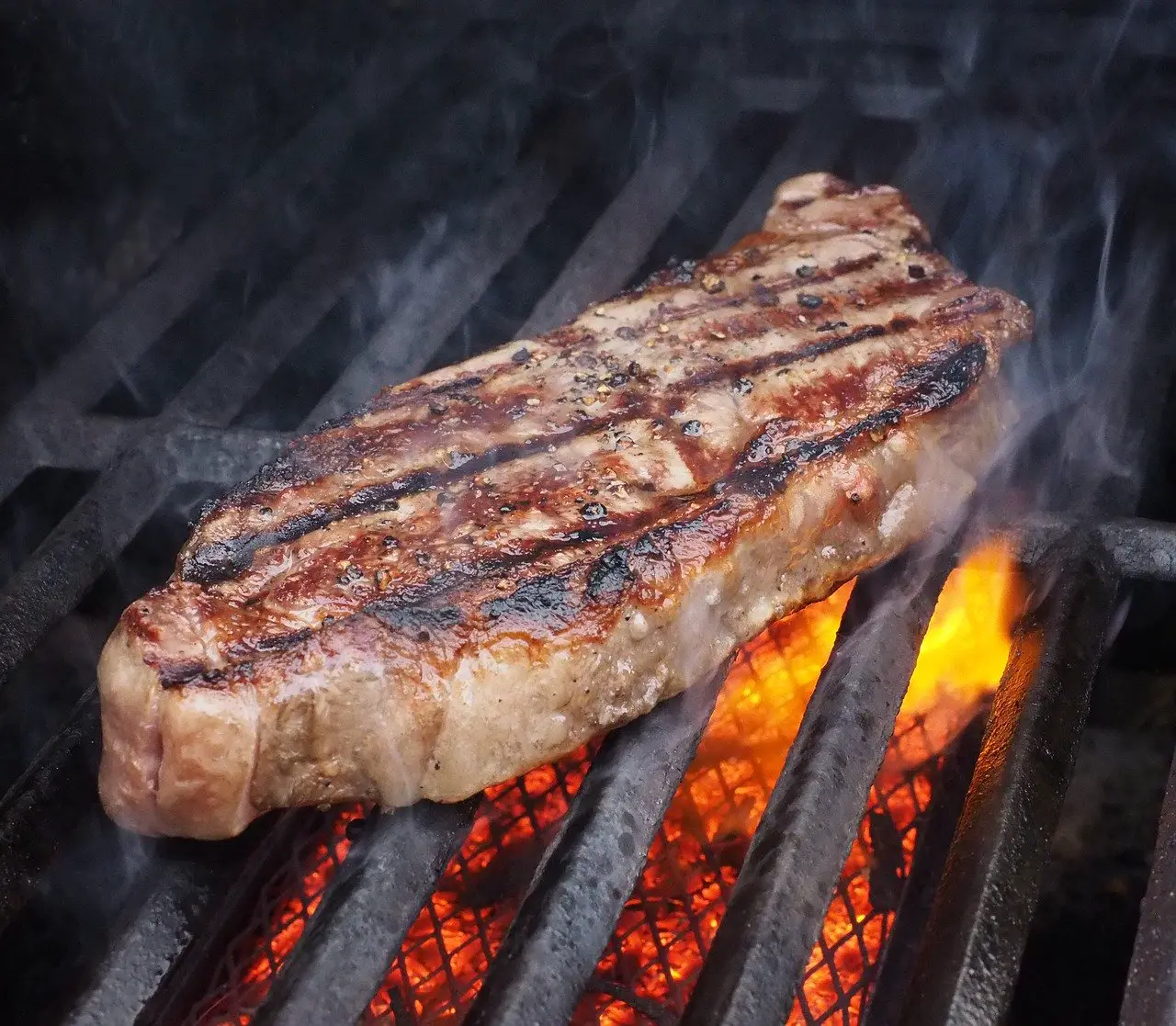Finally – spring’s bright evenings lure everyone into their large or small garden designs and the barbecue season is at our doorstep But what seems to be a cozy moment can easily be turned into a nightmare with burnt pieces of meat instead of juicy steaks for dinner. How do you actually get perfectly grilled meat?
The most common mistake
Many people grill for far too long in fear that the meat will not be cooked enough. The result is instead a dry and boring piece of meat. Another common mistake is that you are in a hurry – grilling requires time and patience.
Tip! Start barbecuing before you get really hungry so that patience doesn’t go away as your stomach grows taller.
Direct grilling – the old usual way
There are two typical techniques when grilling: direct grilling and indirect grilling. Direct grilling is when you place the meat just above the heat source. It provides a crispy grill surface with beautiful stripes. The technique is best suited for meat that takes a maximum of 25 minutes to grill. If you want to grill larger pieces of meat, you should rather choose indirect grilling.
Indirect grilling alias barbeque
Indirect grilling, or barbeque as it is also called, is when you put the meat next to the heat source. The meat gets a taste of the smoke by using a lid on the grill. This type of grilling technique results in lower temperatures and slower cooking, which suits larger cuts of meat. With direct grilling, they are lightly burned to the surface while remaining raw in the middle.
Indirect grilling with gas
A gas grill is quickly available at the right temperature and the design of most models usually makes them better adapted to indirect grilling. It is also easier to regulate the heat with a gas grill.
Quick check for the right temperature
The hardest part of all is letting the grill get hot enough – it does take some time. If you have a charcoal grill, the charcoal/briquettes should have white edges before you start grilling. One trick to see if the grill has a good temperature is that you can hold your hand about 15 cm above the grill for 5 seconds without burning yourself.
The internal temperature determines
You can turn on the piece of meat as many times as you like. What matters is the inside temperature. A smart investment can, therefore, be to get a meat thermometer. Different parts of beef and pork require specific internal temperatures. For enthusiasts, there are tables of exact temperatures available, but for most of us, it can feel complicated and cumbersome to measure the exact inside temperature. But there is a simple trick to check if it is done.
Tip – check if the meat is ready without cutting it
The finger test is a way to check the texture of the meat and thus the degree of cooking.
Bring your thumb and forefinger together.
Then gently press the forefinger of the other hand toward the skin raised at the base of the thumb. The resistance should be relatively soft.
Then gently press the meat. If it is about the same resistance as at the base of your thumb, the frying degree is probably about medium to medium-rare.
If you want more cooked meat, you can put the ring finger on the thumb instead. The resistance at the base of the thumb then becomes harder. If the meat offers similar resistance, it is likely that the cooking rate is closer to well done.
Before serving
Allow the meat to rest for 10-15 minutes after grilling so that the meat juices return to the meat.
To keep warm, you can wrap the meat in baking paper and a towel. Do not use aluminum foil as the meat continues to be cooked inside the foil.
Alternatively, you can grill 30 seconds on each side for a fresh grill surface for serving.
